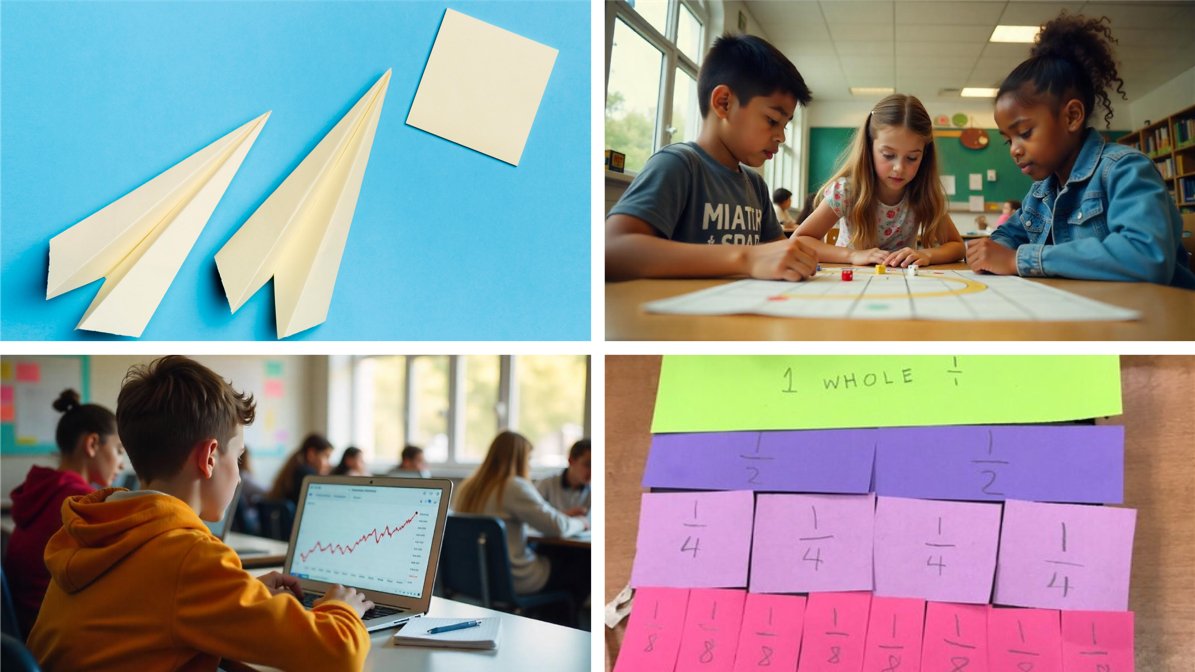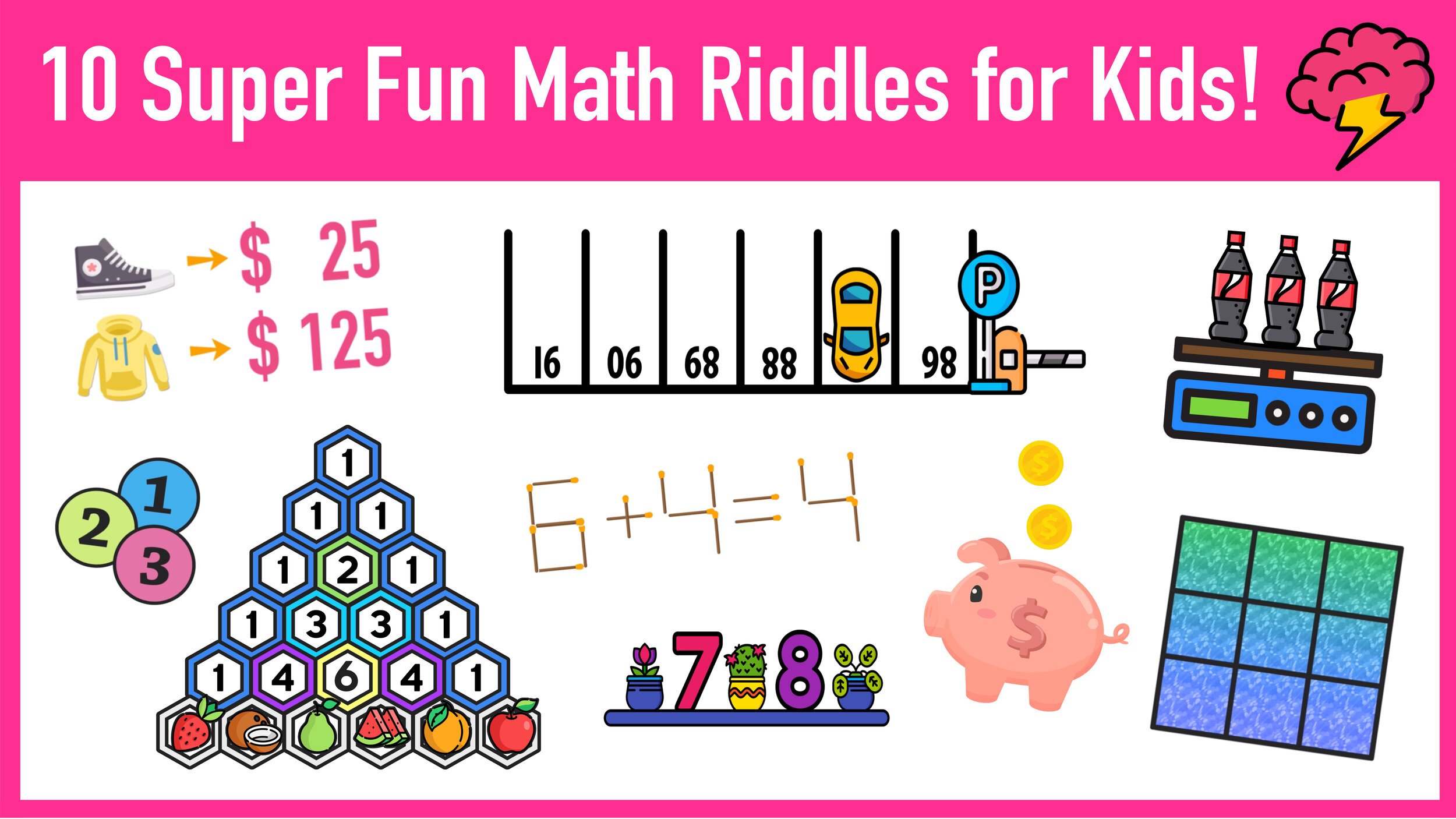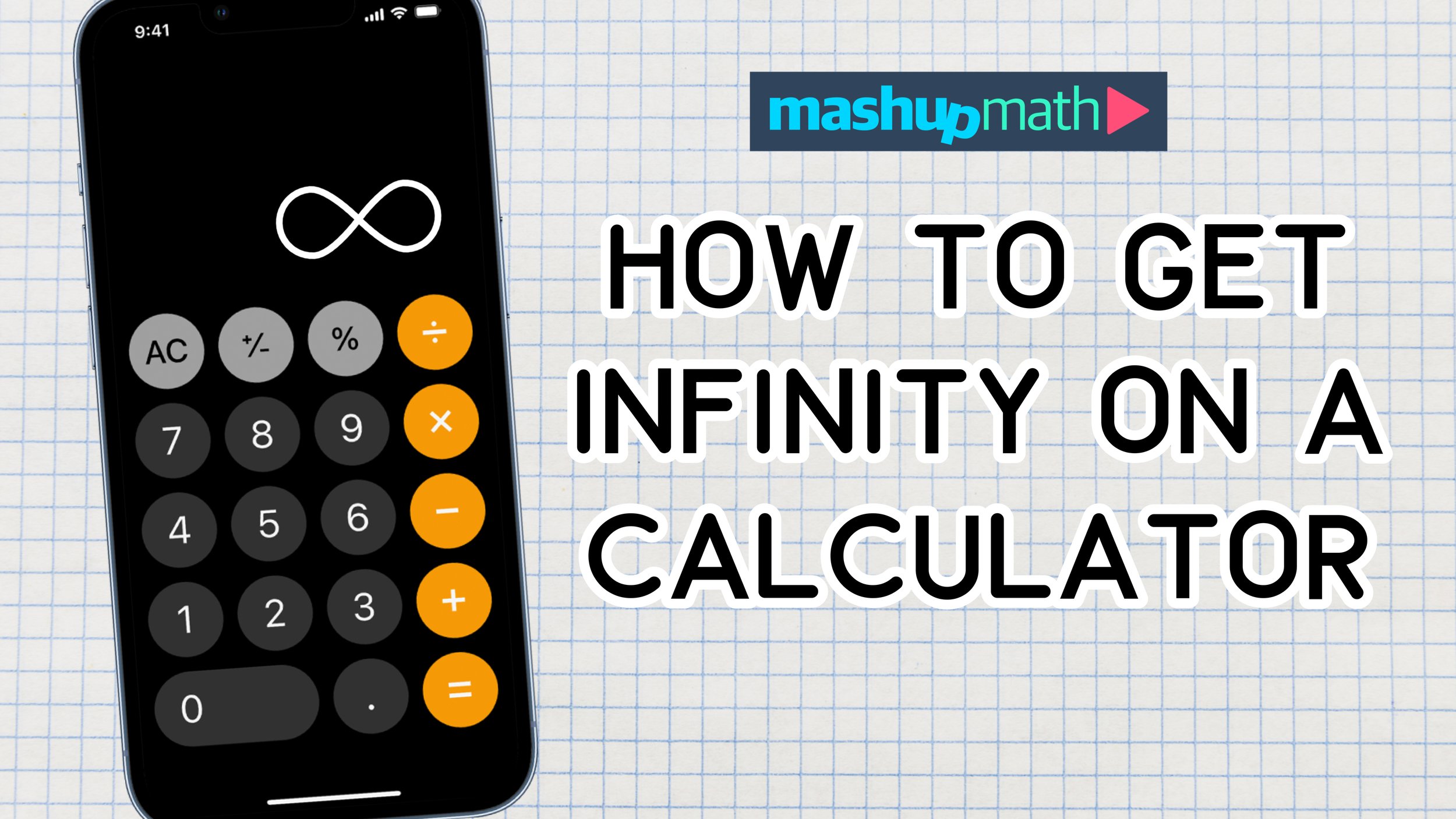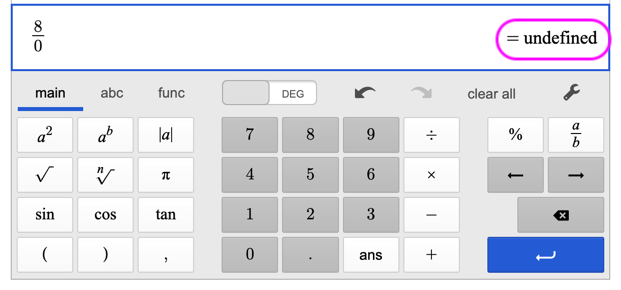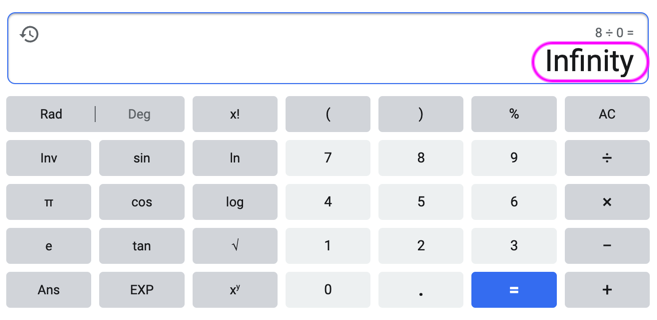There’s a Woman in a Boat Riddle: Solved
What is the There’s a Woman in a Boat Riddle answer?
There’s a Woman in a Boat Riddle
If you are looking for a simple yet challenging brain teaser, then the There’s a Woman in a Boat riddle will surely give you a fun mental workout. This riddle has become really popular on social media recently because of it simple structure and ability to absolutely stump most people who attempt to determine the riddle’s answer.
The riddle, shown in full below, is just two simple sentences. While the given information seems limited, everything you need to find the answer is included in the wording of the riddle. The challenge lays in decoding the given information to determine the woman’s name.
If you are ready to attempt to answer the ‘There’s a Woman in a Boat’ riddle on your own, then carefully read the riddle and give yourself as much time as you would like to attempt to solve it. You can even go for a long walk where you can "take the riddle with you” and play with it in your mind until you find an answer.
And, whenever you are read to see the There’s a Woman in a Boat Riddle Answer, scroll down to the bottom section of this page to see the solution along with an in-depth explanation.
There’s a Woman in a Boat Riddle
There’s a woman in a boat on a lake wearing a coat, if you want to know her name it’s in the riddle I just wrote. What is the woman’s name?
Most people who attempt to solve this riddle give up after a while, saying that there is simply not enough given information to figure out the woman’s name. If you find yourself feeling this way, we encourage you to go back and try again. This time, read the riddle very carefully and think about how the woman’s name could be hidden within the text.
If you are still stumped, but not ready to see the answer, here are a few suggestions for different ways to think about this problem:
How could the text be rewritten if you did know the woman’s name? For example, if you knew that the woman’s name was Jennifer (it’s not), how would you rewrite the text?
Many riddles have elements of misdirection. Is there any information that is included to misdirect you rather than help you to find the answer?
Now is your final chance to find the answer on your own. If you want more time, stop now and do not continue scrolling. The next section will reveal the There’s a Woman in a Boat Riddle Answer along with a detailed explanation.
There’s a Woman in a Boat Riddle Answer
Now it’s time to reveal the answer to the There’s a Woman in a Boat riddle:
Answer: The woman's name is There.
Did you solve this one correctly? The fun of this short riddle lies in how it misdirects the reader by using a name that is also a common pronoun (There).
The woman’s name, which is There (which could possibly be short for Theresa) is hidden in plain sight, which is why the reader doesn’t actually need any additional information in order to find the answer. When the riddle says that her name “is in the riddle I just wrote,” it is not a metaphor. The riddle is actually telling the reader the woman’s name is one of the actual words included in the riddle itself.
If you were unable to solve the There’s a Woman in a Boat Riddle, it is likely because you were overthinking how to find the answer. Many people who fail to solve this riddle get caught up in the details of the short story, such as the fact that she is on a lake or that she is wearing a coat. However, the details of the story do not actually help the reader at all.
The woman’s name is There, which is the very first word of the riddle!
Photo by Buster Ferraz on Unsplash
Conclusion
The There’s a Woman in a Boat riddle is a fun example of how the English language can be played with in a clever and literal way. This simple riddle uses double-meanings, misdirection, and reader tendencies to display an extremely simple scenario into something that seems complex and difficult to decode.
The riddle tricks the reader by using her tendency to look for explicit information against her, and making the answer so extremely obvious that it often gets completely overlooked, which is why so many people fail to find the There’s a Woman in a Boat riddle answer.
Now that we have solved the riddle, let’s remember that we all use mental biases and underlying assumptions whenever we are solving problems. While these tendencies often help us and save us time, they can sometimes force us into rigid ways of thinking that prevent us from seeing things that are very clear or obvious.
So, trying to solve riddles like There’s a Woman in a Boat is an awesome way to teach yourself to be an open-minded problem solver and to not get overly reliant on rigid and uncreative ways of thinking.
Ready for Another Riddle?
I met a man on London Bridge. He tipped his hat and Drew his name and cheated at the guessing game. What was the man’s name?
Can you this fun riddle? Click here to see the answer.
Keep Learning:






